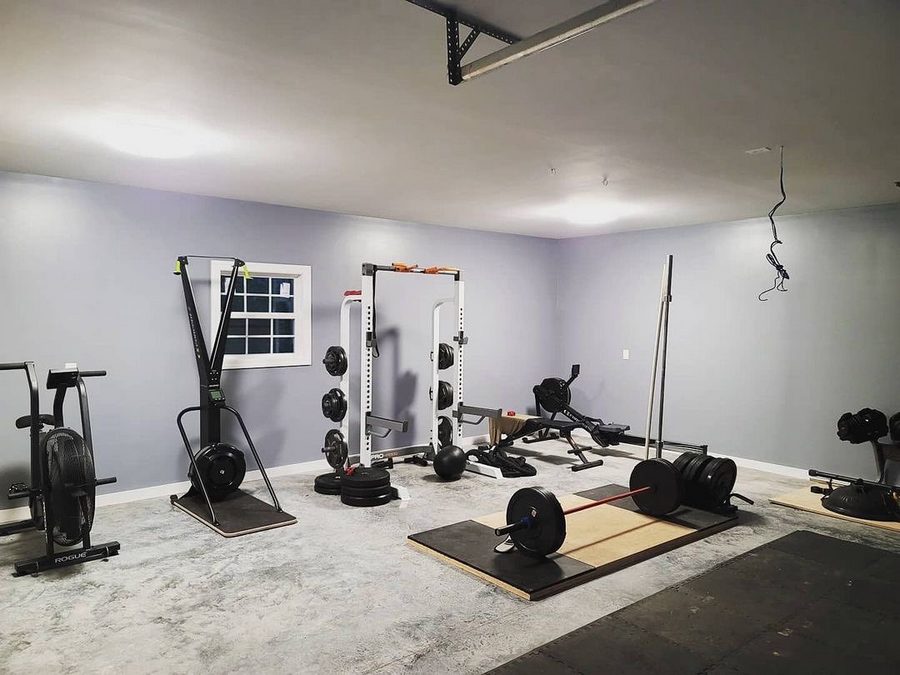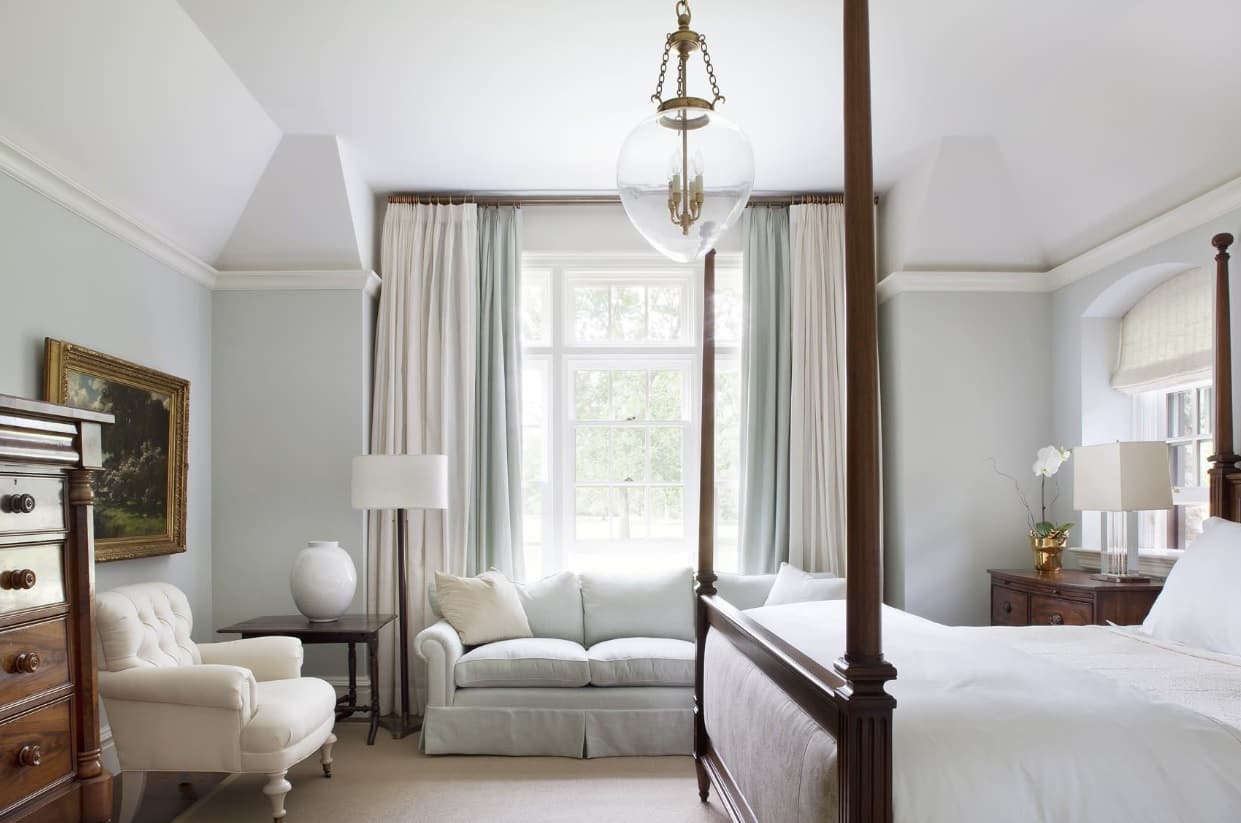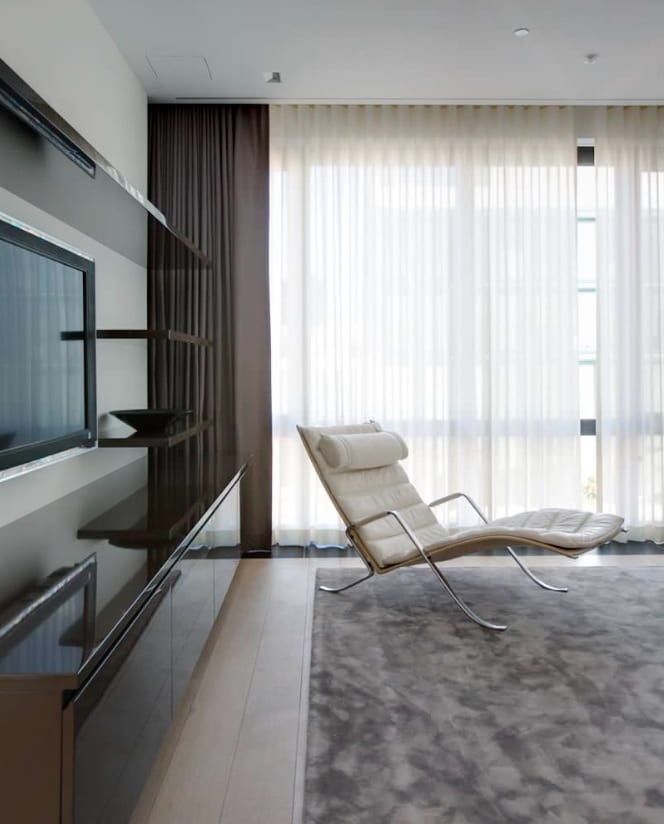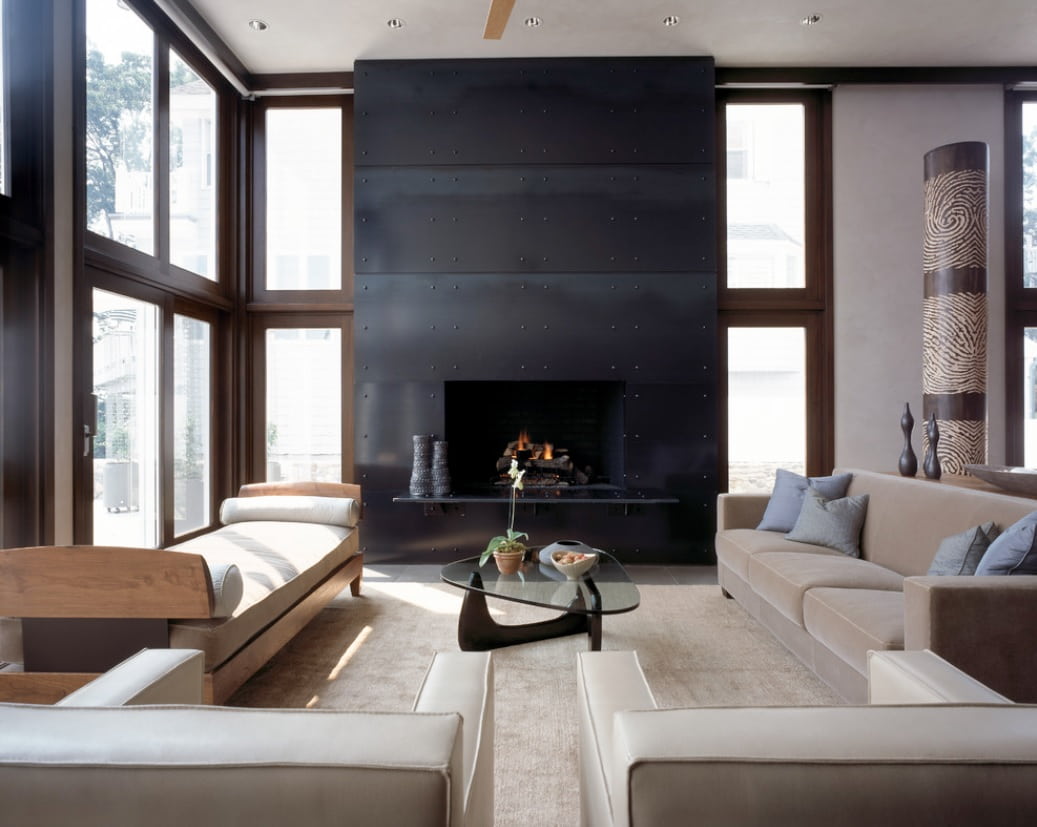Untreated windows allow up to 30% of heat energy to leave a building. So, during summer, bare windows can waste almost a third of the cooled air from an air conditioner. Come winter; these windows can lose up to a third of the heat generated by a furnace.
That’s a lot of wasted energy (and money) that you can keep by investing in the right home window tint. Also known as window films, these products can help you address heat gains and losses at home. Moreover, they can help shield you against harmful ultraviolet radiation.
To that end, we’ve come up with this guide on how you can choose the best window films for your home. Read on to learn what your options are and how they differ so you can make the wisest investment.
Decide on the Features Most Important to You
Solar protective films, decorative films, and security films are your top tinting options. They offer similar benefits (for instance, healthier lighting) but at varying extents.
To help you make the right choice, here’s a quick overview of their features.
Solar Protective Films
Solar protective films, as their name implies, protect you against solar heat. However, they still allow adequate sunshine to pass, but without the dangerous UV rays. With these on your windows, you can save up to 30% on your cooling (and heating) bills.
Plus, solar protective films help reduce glare, which can cause vision issues. At the very least, glare can be distracting, but if there’s too much of it, it can be disabling and even blinding.
Also, solar protective films deliver up to 99.9% UVA and UVB protection. That means increased comfort and skin health for everyone at home. Plus, they help slow down the rate of furniture, upholstery, and fabric fading.
Decorative Films
Decorative window films come with patterned designs and frosted surfaces. They are great in diffusing harsh light and can help increase privacy, such as in bathrooms. They’re also perfect for elevating interior design while hiding unsightly views.
These films don’t provide much protection against solar heat as well as UVA and UVB rays, though. They’re best for glass surfaces that don’t receive much sunlight. They’re perfect for glass partitions and doors with glass panes, though.
Safety and Security Films
Safety and security films have improved shatter resistance and adhesion. This means that they can stand up to rougher treatment or even intentional breakage. They reinforce the glass, making it harder to break than non-treated glass.
These films are an excellent choice for any glass window, but even more so for large or ceiling to floor windows.
Keep in mind that over seven million property crimes occur in the US every year. If you want more protection for your family and property, you might want to go with security window films.
Understand the Difference Between Home Window Tint Materials
Ceramic and carbon film are two of the most common types of materials used in window films for homes. However, you’ll also find lower-cost metalized as well as regular, dyed tints.
Let’s take a look at the primary differences among these products.
Ceramic Film
These are the top choice for tinting windows, as they offer up to 99% UV protection. They don’t have any metal materials in them, so they don’t interfere with electronics. Instead, they utilize nano-ceramic technology rather than dyes or metal.
The nano-ceramic construction of ceramic films allows them to control heat transfer better. As such, they can deliver the highest heat rejection rate among all types of window films. With these on your windows, you can ensure that your home stays comfy all year long.
However, with all these benefits, you can also expect ceramic films to cost the most. Don’t worry, though, as the best brands and installers offer guarantees and warranties.
Carbon Film
Carbon tinted films come infused with carbon particles that can block infrared light. This ability allows them to keep the interiors of your home cool. However, sunlight can still enter and bounce inside the film due to their large carbon particles.
As a result, carbon films can make your windows look hazy at times and may also still create glare. They do reject up to 99% of UV radiation, but they may only block 50% of solar heat.
Still, these films don’t have any metal in them, so they also don’t create signal interference. Their exceptional scratch-resistance also lets them maintain their looks for a long time.
Metalized Film
These window films were once standard, but they can cause a lot of electronic interference. In vehicles, they can mess up with the radio, GPS, and the other components of infotainment systems. At home, they can cause issues with all sorts of connections, like Wi-Fi and Bluetooth.
Dyed Film
Dyed window tints are simply adhesive films that come with a layer of dye or color. The best ones do provide up to 99% UV protection, but they don’t block a lot of heat energy. They’re more for improving privacy and aesthetics rather than overall functionality.
Use an Online Residential Window Film Viewer
An online window film viewer lets you see how your windows will look with various types of tint. You only need to pick a specific make and model to check out its appearance when placed on windows. You’ll see an approximation of how dark (or light) it is, and what difference it can make.
Thanks to these online tools, you can take the guesswork out of choosing home window films. These viewers make it easier (and faster) for you to decide on the best home window tint.
Get Those Windows Treated With Some TLC Now
There you have it, your ultimate guide on how to choose the best home window tint. Once you’ve decided on the most important features you need, don’t forget to view how they look online. This way, you can also better imagine how they will look once applied to your windows.
Looking for more useful home design how-tos like this? Be sure to check out our other home and apartment design guides then! Feel free to include our site in your saved bookmarks while you’re at it.







